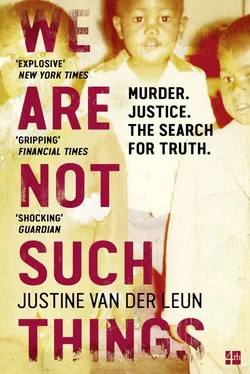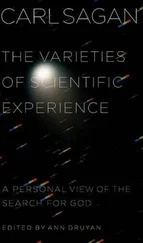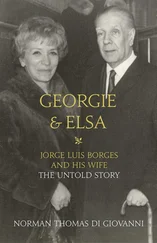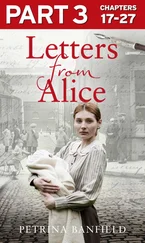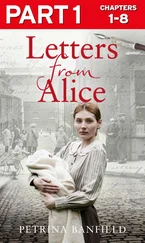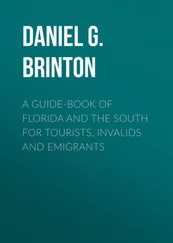“They just painted my door,” she said, shaking her head. I imagined the municipal worker, living in some nicer part of town, brandishing his red can of paint as he strode down these sandy paths, past shelter after shelter patched together, he assumed, with garbage. What’s the difference if you slash a red mark across a mound of trash?
At the empty lot, a group of women stood at an incline. One was tall and busty, in her fifties, wearing a long skirt and a T-shirt that displayed her pendulous breasts. Her arm was wrapped around a smaller, darker woman with thin shoulders and short hair. The guide explained to us: it was this smaller woman whose house had burned and whose father had died in the smoke and fire. She was silent, standing among the remains of her home, staring at us with red-rimmed eyes.
We had been joined on the tour by a gangly ginger-haired American research fellow who, within three minutes of meeting a person, compulsively conveyed that his wife was a black South African.
“Can I give money?” he asked awkwardly, his face reddening. The guide grew equally uncomfortable and shrugged.
We passed the assistant’s shack on the way out. She called her six-year-old daughter to come meet us. The girl had a heart-shaped face, a missing front tooth, and short hair in little twists.
“Hello,” I said. “What is your name?”
“Yes, teacher, thank you, teacher,” she said, batting her eyelashes.
Later, as Sam and I drove away, the streets grew wide and smooth as the township receded. Heavy-bottomed palm trees lined the road. The people were soon lighter and taller, as if to match the ivory buildings that rose along the crashing sea. The restaurants were full of diners ordering calamari and chicken caesar salads. In the distance, along the promenade, the iconic red-and-white-striped Mouille Point lighthouse sparkled, and silky dogs ran after tennis balls in its shadow.
At the time, we were living in a dull, cold rental apartment, which was angled so that not even the smallest beam of sun could enter, ever. On one side, shaded windows overlooked a golf course, and on the other side, small, high windows overlooked an open hallway that circled an interior courtyard. These windows above the courtyard presented an acoustic nightmare that sent the din of a radio in another apartment or the low pitch of a conversation in the common area directly into our living room at top volume. I hated the place, with its walls coated in mold in the winter and its unflattering fluorescent lights. In the basement, the storage areas used by residents had once been rooms where black and colored maids would sleep. A few communal bathrooms, which included toilets and showers, had been built in the hallways during apartheid so that the help did not use their boss’s private facilities.
But on that day, the flat took on new characteristics. It was luxury, pure and simple, with its sturdy walls, its two secure locks, windows to protect against the elements, plentiful electricity, and a bathroom and toilet of its own. I stood in a scalding hot shower and felt filthy rich. I never wanted to go back to the townships and I wanted to go back immediately.
But you couldn’t just wander aimlessly around there. It was too far from town for a pop-in, and there weren’t, for example, coffee shops with Wi-Fi where a person could hang out. So I started to research various NGOs that did work there. I asked around, again surveying the people I knew, but I was only met with gestures of concern. It seemed that I was a not uncommon species of foreigner who thinks a bleeding heart or a hankering for a taste of “real Africa” will keep her safe as she wanders, smiling dimly and handing out lollipops, through destitute black areas. So in my search for volunteer work, I was met, several times, with the same question, uttered with a mixture of irritation and concern:
“Haven’t you heard of Amy Biehl?” people said. “Better not come down with Amy Biehl Syndrome.”

I was twelve when Amy Biehl was killed, and not up on international news, so I had never heard of her. Now, with no friends in South Africa and only a bit of freelance work trickling in, I had plenty of time to burrow into that Internet rabbit hole. I began to look into the story of the young white scholar attacked by the black mob. The tale had been covered at length, with over 100,000 search results on Google. For days, I read articles and studied images. The murder had been so odd, the fury so misplaced, and the choice of victim so ironic. The story, as it rolled out before me in backlit print, conveniently followed along the country’s timeline for the past nearly two decades: oppression, inequality, activism, protest, race-based violence, imprisonment, freedom, amnesty, reconciliation. Over the years, the headlines themselves traced the arc of recent history:
A BRUTALIZED GENERATION TURNS ITS RAGE ON WHITES
( The New York Times, 1993)
THREE BLACKS FOUND GUILTY OF “RACIST” KILLING
( The Herald, Glasgow, 1994)
SOUTH AFRICANS APOLOGIZE TO FAMILY OF AMERICAN VICTIM
( The New York Times, 1997)
4 SOUTH AFRICAN KILLERS OF U.S. STUDENT GET AMNESTY
( Chicago Tribune, 1998)
BIEHL PARENT, APARTHEID FIGHTER BRIDGE GAP
( The Santa Fe New Mexican, 2004)
IN SOUTH AFRICA, AN IMPROBABLE TALE OF FORGIVENESS
( Los Angeles Times, 2008)
This was a microcosm of South Africa for twenty years, and it was the hopeful story people liked to tell and be told. The oppressed, once driven to wanton disorder, now displayed an unreal spirit of forgiveness. They were led by Mandela himself, who, after twenty-seven years in prison, forgave his oppressors. At his inauguration, his jailer was given VIP seating. The end result was white people and black people who had endured a terrible time locked in an embrace. As far as stories go, Amy Biehl’s was pretty perfect in terms of PR for South Africa, the rainbow nation. And America, with its generous ambassadors in the form of Linda and Peter and martyred activist Amy, didn’t come out too badly either. The whole thing was so peculiar that I couldn’t stop reading about it.
Over dinner, I reported my findings to Sam, who had been fourteen at the time of Amy’s death and eighteen during the Truth and Reconciliation Commission hearings, and so remembered her name and the basics of the story, but not much more. I went over the murder, the particularly undeserving victim, the famed amnesty, the remarkable show of mercy, the close relationship between the mother and the men, who even called Linda Biehl “Grandmother” in Xhosa.
I mentioned it to my conservative in-laws, who didn’t understand why anyone would ever reward their daughter’s killers with a job. Their dinner guests were equally unimpressed by the tale—the general story they knew by heart but the details they only vaguely remembered. One posited that such a gesture might encourage other black folks to kill white girls in order to score jobs, and she could not be dissuaded by the fact that over the course of nearly twenty years, nobody had ever done such a thing. Later that week, as Sam and I sat in the park by the sea, I expounded upon the story again.
“You sound pretty interested in this,” he finally said. “Why don’t you write about it?”
In the following days, I tried to locate a book on the subject, convinced that surely somebody had already covered this singular story at length. Indeed, many journalists had filed reports in all forms of media. There had been documentaries and talk shows. A South African playwright, inspired by Linda Biehl’s act of compassion, had even written a fictionalized account, Mother to Mother , which she then adapted into a one-woman play that toured every few years. But nobody had ever written a book.
Читать дальше
